If you’re always on the hunt for a new backyard project the whole family can enjoy, why not invest in one that’s environmentally friendly, simple to pull off, and outside of the typical DIY box? Backyard beekeeping has exploded in popularity in recent years, and for a bevy of good reasons. Bees help pollinate the plants around them, which results in beautiful blooms, healthy plant life, and the delightfully sweet honey they produce that blows the store bought equivalents out of the water.
What’s the Buzz?
Before you dive headfirst into the wild and wonderful world of backyard beekeeping, there are a few pre-planning steps you need to take. Beekeeping is a relatively stress-free undertaking, but there is always room for missteps. The last thing you want to deal with is unforeseen hiccups in your pollination plan, so be sure to heed the following tips:
- Check out your local zoning laws to make certain that building a backyard bee colony is permitted in your area. Ordinances typically involve the proximity of your hive to your neighbor’s property as well as the amount of hives you can have in your backyard. In any case, be sure to position the hives facing away from their homes to prevent wandering bees.
- Sit down with your family and discuss your plans. Having a colony of bees buzzing around your backyard may frighten younger children, so take the time to calm their fears and inform them of how harmless these insects are.
- Decide ahead of time how large you would like your colony to be. This will determine the size of the beehive and the amount of space you need to allot to support a thriving, healthy colony. If you’re tight on backyard real estate, consider getting a table cover and placing your hive on one of your outdoor tables.
Protect Yourself
One of the most crucial aspects of beekeeping is keeping yourself protected while you tend to your hive. Even if the bees you are breeding are not particularly aggressive, even the smallest amount of protective gear helps keep you safe from swarms and stings. A hat with an attached veil is an absolute necessity, and should be worn at all times when dealing with the bees. Long sleeves and pants are recommended on days that aren’t too hot for an added layer of defense. Many opt for a full body suit for maximum protection. A full suit is recommended for first time beekeepers before they’re fully accustomed to the ins and outs of beekeeping, as well as for those working with large, highly populated hives. Much like heavy duty tarps that protect your outdoor items, these suits offer unparalleled protection for any situation. No matter the size of your hive or the level of experience you have, personal safety should be your number one priority.
Hive Honey, I’m Home

Once you’ve acquired your protective gear, it’s time to start planning out your hive setup. Top-bar hives are the most recommended style of hive for beginner beekeepers due to their simple structure and ease of use. These hives feature straightforward construction consisting of a single crate with removable, horizontal bars at the top of the crate. These bars can easily be pulled out for honey extraction and colony maintenance. The ease of use allows you to extract honey with just a knife and bowls, unlike more complicated hive setups that require special equipment and complicated extraction methods. Many top bar hives even feature small observation windows that allow you and your family to admire the colony without disturbing the queen and her workers. And don’t discourage yourself from thinking outside the top bar box: building a more intricate hive is certainly an attainable goal once you have the basics of bees under your belt.
Bee Bonanza

When stocking your hive, consider the many different bee breed possibilities that might come in handy. Characteristics such as temperament, disease resistance, productivity, location, and other unique traits or behaviors help you to better understand the myriad of differences between bees in the honey family. Understanding and being able to distinguish what bees will be best for your hive is the first step in stockpiling backyard buzz.
- Italian Bees were first introduced to the United States in 1859, becoming the fast favorite of domestic beekeepers for their longer brood-rearing periods, high honey production rates, and playful temperament.
- German Bees are known for their ability to survive colder climates, making them ideal for outdoor spaces more prone to harsh winter weather conditions.
- Caucasian Bees possess tongues that help them to better forage for nectar and in turn, pollinate flowers and plants that most bees can’t.
- Carniolan Bees are springtime supremes, giving beekeepers a productive hive before summer even begins.
- Hybrid Bees are genetically produced creations of scientists that combine all of the aforementioned traits into one compact buzzing bee.
Smoke Screen
Your hive has been set up and your bees have moved in. Now comes the biggest maintenance undertaking for you as their landlord. Smoking bees is crucial in allowing you to enter the colony and tend to the infrastructure of your backyard habitat. Smoking disables bees defense mechanisms, allowing for a beekeeper to enter the hive and performance critical duties in order to ensure your bees are both safe and well kept in their humble hive.
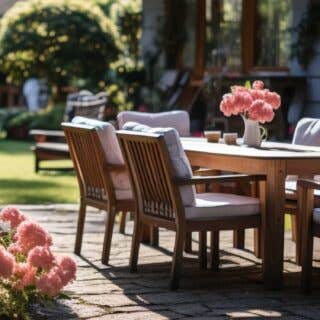
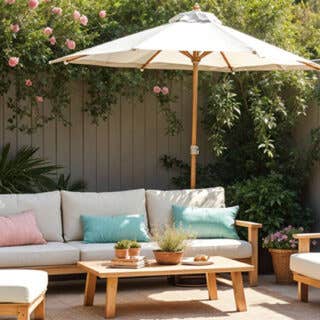
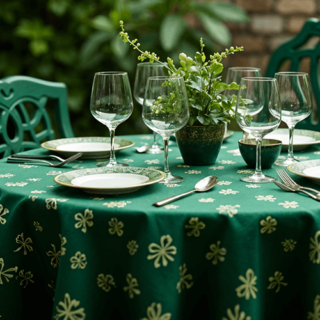



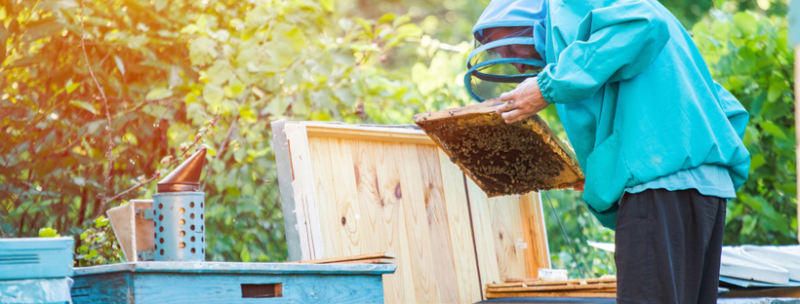


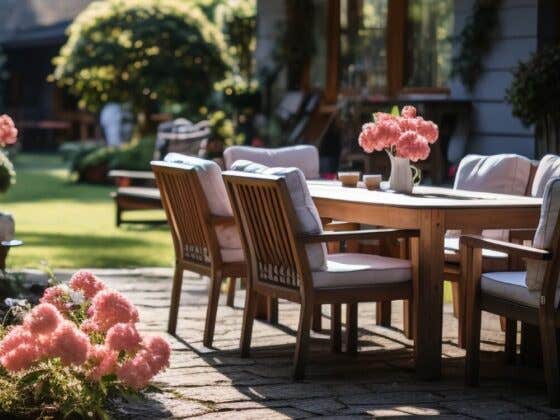



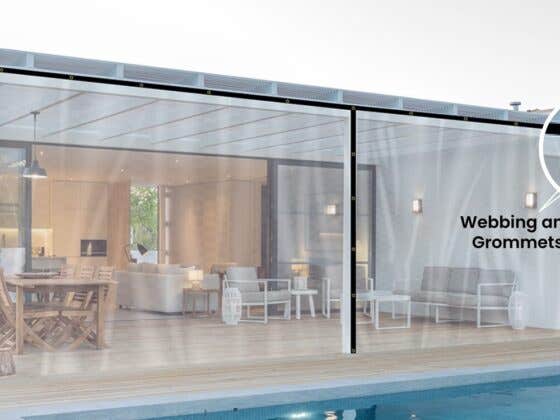


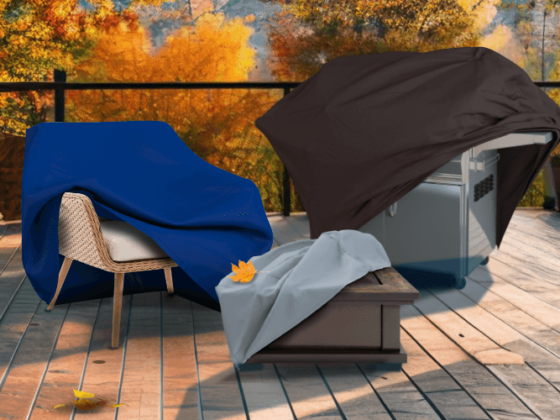
Recent Comments